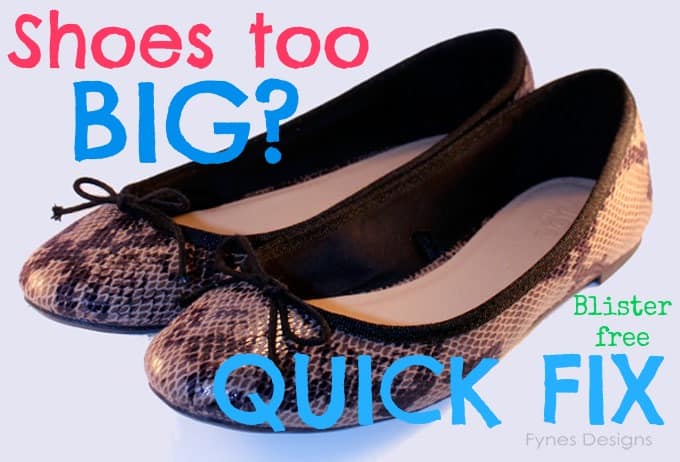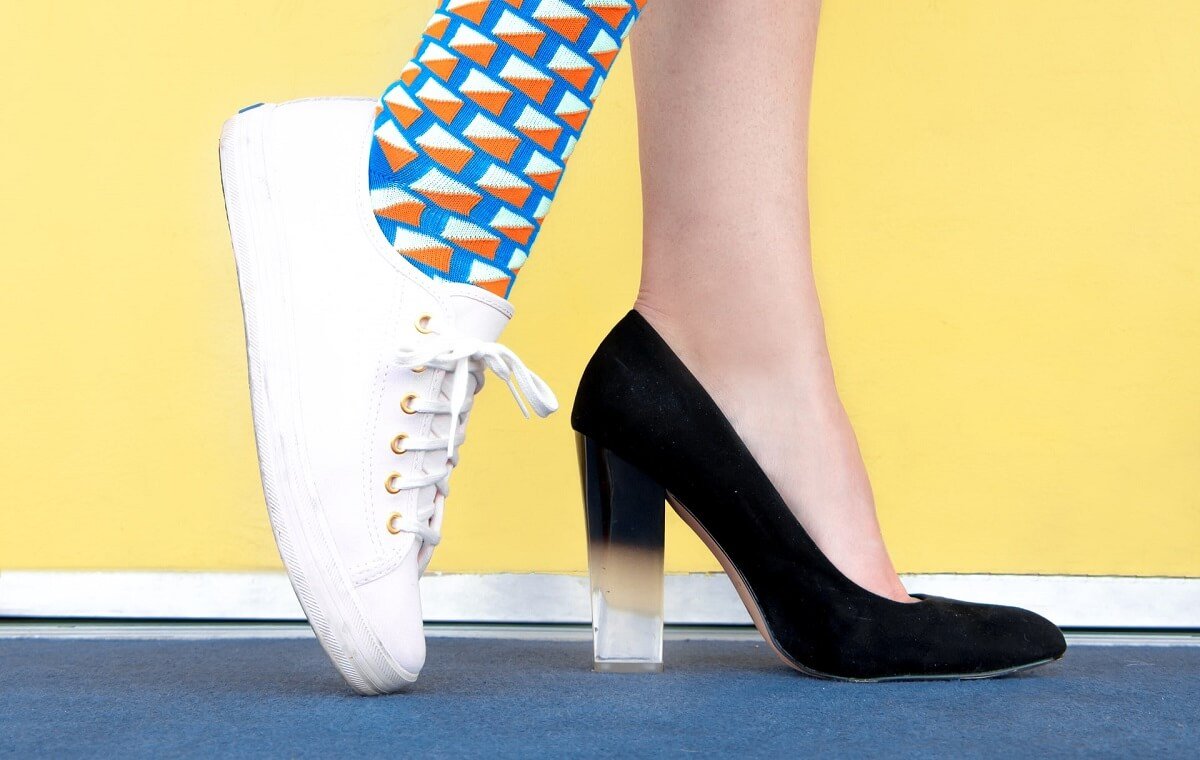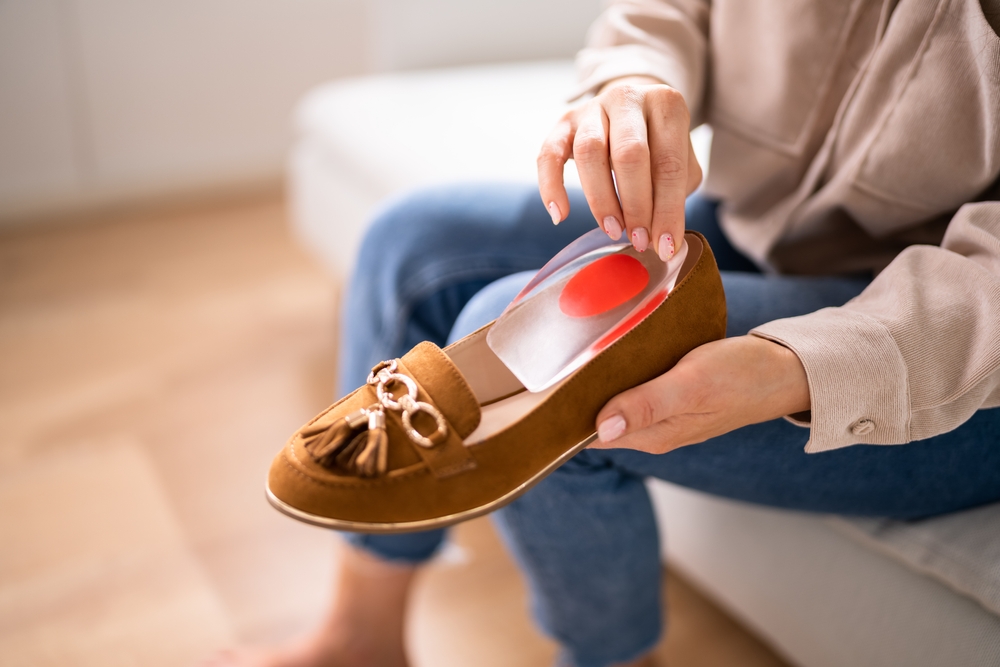When you find that perfect pair of shoes, it can be heartbreaking to discover they don’t fit quite right, especially if they are too big in the heel. Whether it’s a stylish pair of heels, comfy sneakers, or professional footwear, a loose heel can lead to discomfort, blisters, and even potential injuries. But fear not! In this article, we’ll explore effective strategies, tips, and products to help you fix shoes that are too big in the heel.
Understanding the Problem: Why Are My Shoes Too Big in the Heel?
1. The Fit Factor: Size vs. Shape
Many people focus solely on the size of the shoe, forgetting that the shape of the shoe must also correspond to the shape of their foot. For instance, those with narrow heels may find that even a properly sized shoe has extra volume at the back. A classic case of this is shared by Jane, a fashion blogger who struggled with her favorite pair of ankle boots. Jane’s foot size is a perfect fit lengthwise, but her narrow heel caused a gap at the back that resulted in slipping with every step.
2. Footwear Materials

Some materials stretch more than others. For example, soft leather shoes may loosen over time, exacerbating the problem if they were already slightly big. Lisa, a retail store manager, noticed that her favorite leather loafers started to feel too big after a few wears, leading her to seek solutions quickly.
3. Foot Swelling

Swelling of the feet can occur for various reasons, including heat, prolonged sitting, or certain medical conditions. This can make shoes feel loose, especially if they fit well when first worn. Bobby, a busy corporate professional, often finds that his work shoes fit perfectly in the morning but become uncomfortably loose by the afternoon.
Proven Methods to Address Loose Heels

Now that we’ve identified the reasons behind the loose heel issue, let’s discuss the practical steps you can take to fix it.
1. Heel Grips and Cushions

One of the simplest and most effective solutions is to use heel grips or cushions. These products are designed to fill the space at the back of the shoe, providing a snugger fit.
Product Highlight: Dr. Scholl’s Heel Liners

Dr. Scholl’s offers a variety of heel liners, which provide extra cushioning and grip. They are easy to apply and removable, making them a favorite among shoe lovers.
Pros and Cons:

| Pros | Cons |
|---|---|
| Easy to use | May wear out over time |
| Inexpensive | Limited to certain shoe types |
| Reusable in some cases | May not provide enough lift for severe cases |
2. Insole Inserts

Using insole inserts can help elevate your foot within the shoe, reducing the space at the heel.
Case Study
Michael, an avid hiker, had a pair of hiking boots that were loose in the heel. He decided to insert gel insoles, which elevated his foot enough to keep it from slipping. Not only did this solve the heel problem, but it also improved his overall comfort during long treks.
Product Highlight: Superfeet Green Insoles
Superfeet Green Insoles provide excellent support and cushion while taking up extra space in the shoe. They are particularly popular among sports enthusiasts for their durability and comfort.
Pros and Cons:
| Pros | Cons |
|---|---|
| Provides additional support | Takes up space in the toe box |
| Customizable for different shoes | May not fit all shoe types |
| Reduces foot fatigue | Can be pricey |
3. Tongue Pads
Tongue pads can help keep your foot from sliding forward, thus improving the fit at the heel.
How to Use Tongue Pads
Simply place the pads on the underside of the shoe’s tongue for a snug fit.
Product Highlight: Hush Puppies Tongue Pads
These pads are soft, comfortable, and work wonders for keeping your foot securely in place.
Pros and Cons:
| Pros | Cons |
|---|---|
| Easy installation | Limited impact on heel space |
| Affordable | May need replacement frequently |
4. Using Socks for a Temporary Fix
For a quick and temporary solution, wearing thicker socks can provide the additional padding needed to reduce heel slippage.
Real-World Experience
Samantha, a college student, found herself in a bind when she needed to wear her new loafers without enough time to find an insole. She popped on an extra pair of socks, which surprisingly held her feet in place during her busy day of classes.
5. Professional Shoe Repair
If DIY solutions fail, consider taking your shoes to a professional cobbler. They can make adjustments that can significantly improve the fit.
What to Expect from a Cobbler
They can add padding, modify the shoe structure, or even adjust the heel height.
6. Shoe Filler Products
Various shoe filler products on the market can be used to fill in extra space in the heel.
Product Highlight: Foot Petals Sole Stopperz
This product is designed to fill the void at the back of the shoe while also providing a non-slip surface.
Pros and Cons of Fixing Shoes That Are Too Big
Getting your shoes to fit properly can come with its own set of challenges. Below are some advantages and disadvantages to consider.
Pros
- Improved Comfort: The most significant benefit is undoubtedly the increased comfort. A proper fit minimizes the risk of blisters and pain.
- Extended Shoe Life: Making shoes fit better can extend their usability, saving you money in the long term.
- Enhanced Performance: For athletes, proper shoe fit can enhance performance and prevent injuries.
Cons
- Temporary Solutions: Some fixes may only offer short-term relief and require frequent adjustments.
- Costs: Investing in additional products or professional services might not be budget-friendly for everyone.
- Time-Consuming: Finding the right solution can take time, especially if you try multiple methods.
FAQs About Fixing Loose Heels in Shoes
1. Can I use two pairs of socks to fix my shoe’s fit?
Yes, using two pairs of socks can help fill extra space, but it may also make your shoes feel tight in other areas.
2. Are heel grips reusable?
Many heel grips are reusable, but some may lose their stickiness over time. Keep an eye on their condition.
3. What is the best material for heel grips?
Silicone or foam are the most commonly recommended materials, as they offer excellent cushioning and grip.
4. How can I tell if my shoes are too big in the heel?
If you experience frequent heel slippage, blisters, or have to adjust your shoes while walking, they may be too big in the heel.
5. Can I return shoes that are too loose?
Most retailers allow returns, but check their return policy to confirm the specifics. Keep tags and packaging intact for easier returns.
6. Will using shoe filler make my shoes uncomfortable?
Shoe fillers are designed to enhance comfort, but it’s essential to choose the right type for your shoe style.
7. Is there a difference between heel grips and heel liners?
Heel grips are typically designed to prevent slippage, while heel liners provide cushioning and fill extra space.
8. Do professional cobblers work on all types of shoes?
Most cobblers can work on various types of shoes, but it’s best to check with them beforehand, especially for special materials or designs.
9. Can I fix high heels that are too big in the heel?
Yes, many of the same methods discussed here can be applied to high heels, but take care when using insoles or fillers to avoid compromising the shoe’s aesthetics.
10. What if I can’t find a good fitting solution?
If all else fails, consider purchasing a new pair that fits better, as some shoes are designed with specific foot shapes in mind.
11. Can stretching shoes make them fit better?
In some cases, a shoe stretcher can help adjust the fit, but this is more effective for shoes that are slightly tight rather than loose.
Conclusion: Finding Your Perfect Fit
Finding shoes that fit well is essential for comfort, style, and overall well-being. While it can be frustrating to deal with shoes that are too big in the heel, there are plenty of solutions at your disposal—from using heel grips and insoles to visiting a cobbler. With a bit of creativity and the right products, you can transform loose-fitting shoes into comfy companions for any occasion.
Embrace these tips and tricks and get ready to strut your stuff in your favorite pairs without fear of slipping or discomfort!